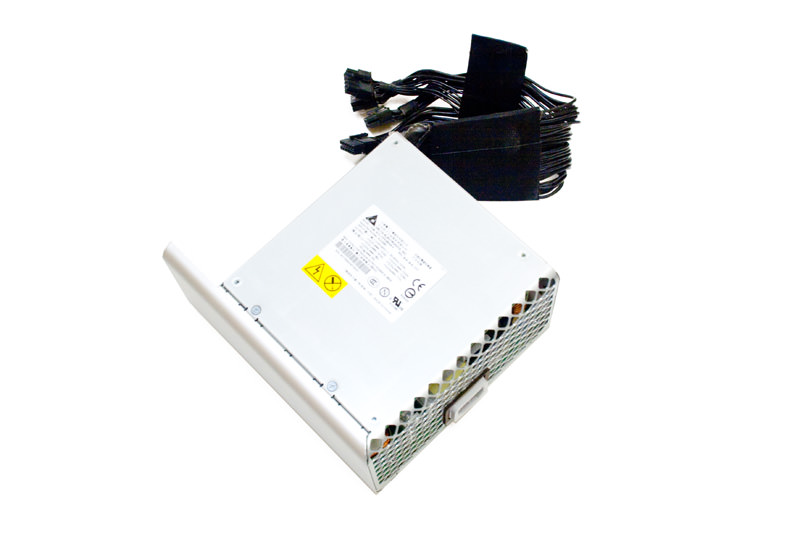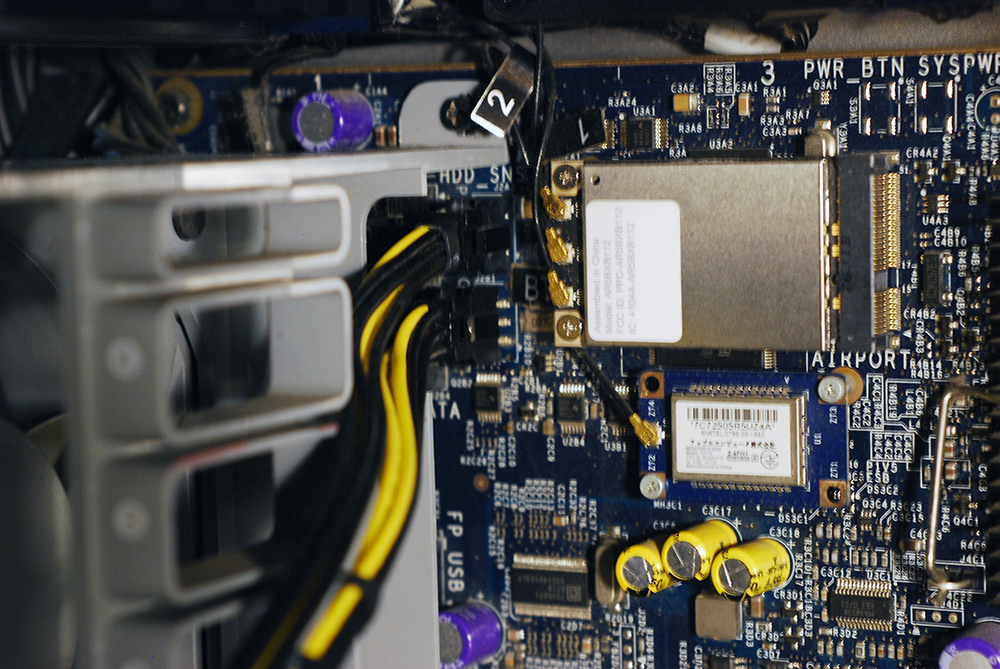

The voltage drop across R6 is about 1.25 volts, the reference voltage stated above is determined by the difference across the IC1 terminals OUT and ADJ.Ĭurrent passing across Q1 and Q2 moves via R9, building a voltage drop across R13 + R14. Its non-inverting input makes use of the output voltage like a reference, while its inverting input is attached to the voltage divider developed by R6 and the current control pots R13 and R14. Additionally, R3 and R4 guarantee that Q1 and Q2 handle the load uniformly. When the DC load current increases, the voltage drop across R2 also rises, and at around 0.65 volts (that is relative to around 20 mA), Q1 and Q2 switch on, becoming the primary course of the current. Potentiometers R15 and R16 is used for controlling the output voltage, which enables the VouT to vary from 0-50 volts DC. Thus, the highest magnitude of voltage value available from each variable supply board can be: The current drain at the ADJ pin is extremely minimal (as low as 25 ♚) and, therefore, R15 and R16 (the crude and refined voltage manipulations) and R8 form a voltage divider, with 1.25 volts showing up around R8. The function of IC1 is to keep the OUT terminal at 1.25 volts DC over the ADJ terminal. The input to IC1 originates from the output of BR1, which is filtered by C1 and C2 to around + 60 volts DC, and the input for current-sense comparator IC2 develops from bridge rectifier BR2, which furthermore works like a negative bias supply to get regulation to ground level. The remaining portion of the circuit enables voltage setting and current limiting capabilities. The "HVK" suffix suggests the high-voltage edition of the regulator. The specifications of the layout is centered around IC1, an LM317HVK adjustable regulator, for wide-ranging functionality.
HOW TO REPLACE A 2008 MAC PRO POWER SUPPLY HOW TO
You Will Also Like: How to Design a Bench Power Supply Circuitįigure 1 above shows the circuit diagram of the laboratory power supply.

Having said that, because of the DIY layout, you can customize the settings as needed, which can witnessed in the following specification table.

The voltage and current ranges are independently variable from 0 to 50 V, and 0 to 5 amps respectively. This post explains a highly regulated, DIY, laboratory grade power supply with dual 0-50 volt.


 0 kommentar(er)
0 kommentar(er)
